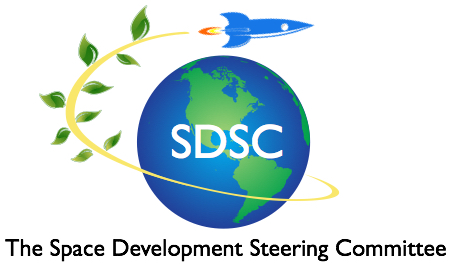Using Elon Musk’s Falcon Heavy rocket, we could harvest solar power in space and send it to earth for a startlingly low figure, ten cents per kilowatt hour, a price competitive with ground-based solar, wind, and other alternative power sources. So says John Mankins, the world’s leading expert on space solar power, a 25-year NASA veteran.
Solar power harvested in space has stunning benefits. It is totally carbonless. It produces zero greenhouse gases. And in the long run, it can replace fossil fuels. Completely. What’s more, providing electricity to distant, impoverished populations in Africa and Asia would normally require a copper-wire power transmission system that could cost up to a trillion dollars to build. Space Solar Power can be transmitted directly to these underdeveloped locations without that vast expense. For example, it could provide the long-awaited answer to the post-Hurricane-Maria energy crisis in Puerto Rico.
What is space solar power? It is solar power gathered in space by gigantic photovoltaic panels and transmitted to earth using the sort of harmless radio waves that carry conversations to and from your cellphone. You use solar energy harvested in space when you watch soccer games from other continents, when you tune into satellite TV or satellite radio, when you use Google Maps, when you consult the pictures in Google Earth, and when you use your cellphone.
We’ve been harvesting solar power in space and transmitting it to earth since 1962, when Telstar, the first commercial satellite, went up. That satellite, Telstar, looked like a beach ball encrusted with square medallions. The medallions were photovoltaic panels. Today harvesting energy in space and transmitting it to earth is a third of a trillion dollar industry…the commercial satellite industry.
Until the first flight of SpaceX’s Falcon Heavy on February 6, 2018, space solar power was too expensive for any uses other than the supply of power in emergencies like earthquakes and tsunamis. Or for the supply of power to troops in remote locations like Afghanistan or Iraq. But with the Falcon Heavy, says Mankins, “Harvesting solar power in space and delivering it to earth has become not just affordable, but competitive in many markets.” Take a closer look at the Puerto Rico problem. According to Mankins, “Power in Puerto Rico is expensive and the system is in need of significant upgrades. Space Solar Power is attractive to achieve both goals, lowering cost and upgrading the system.”
In fact, because space solar power is virtually infinite, solar power satellites could provide the energy we need to solve another problem: the water crisis. Space Solar Power could provide enough energy to power desalination plants. Desalination plants turn seawater into fresh water, water for agriculture and water for thirsty humans.
Space Solar Power will provide a bonanza of benefits for mankind. It is only a matter of time until Washington sees the light.
